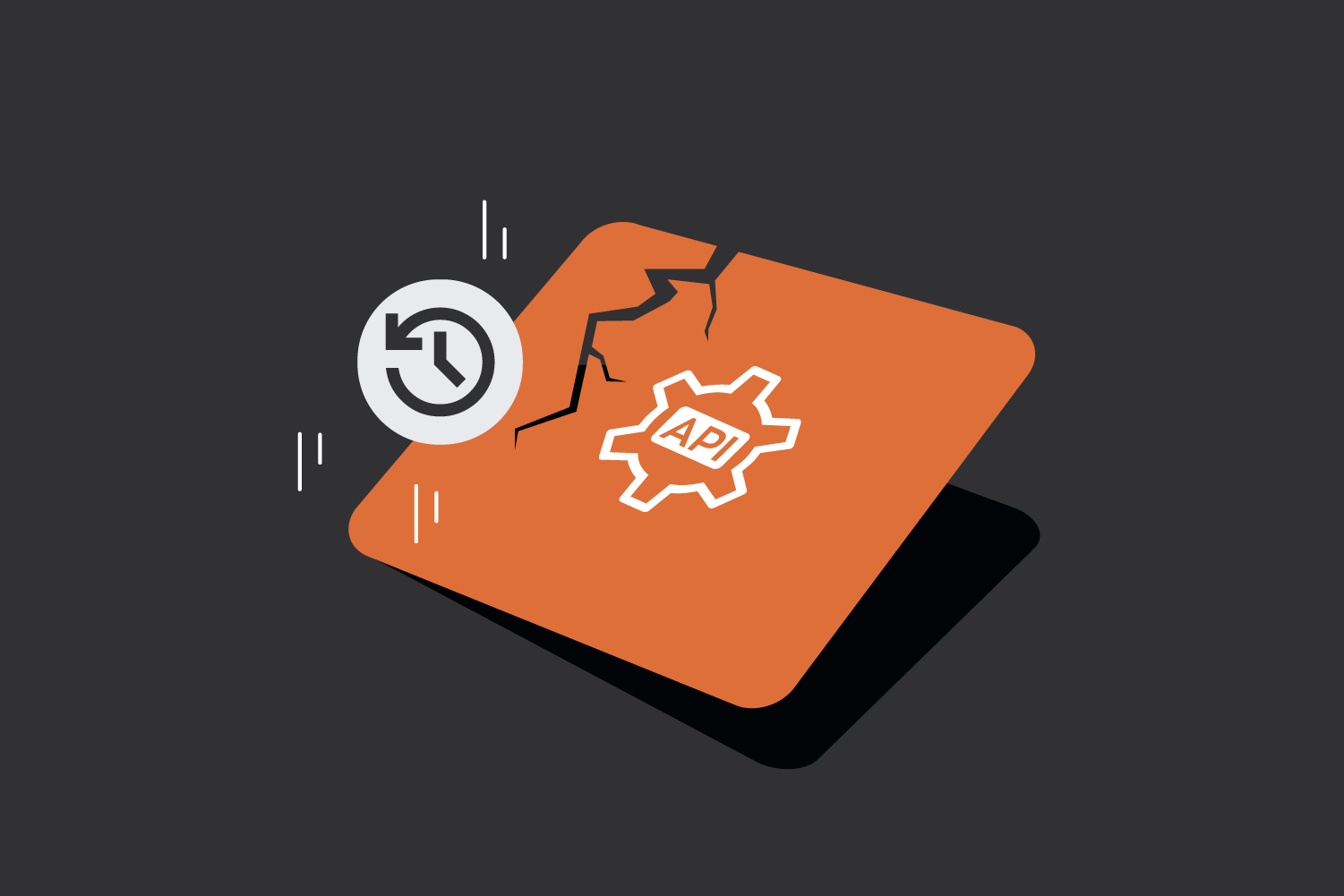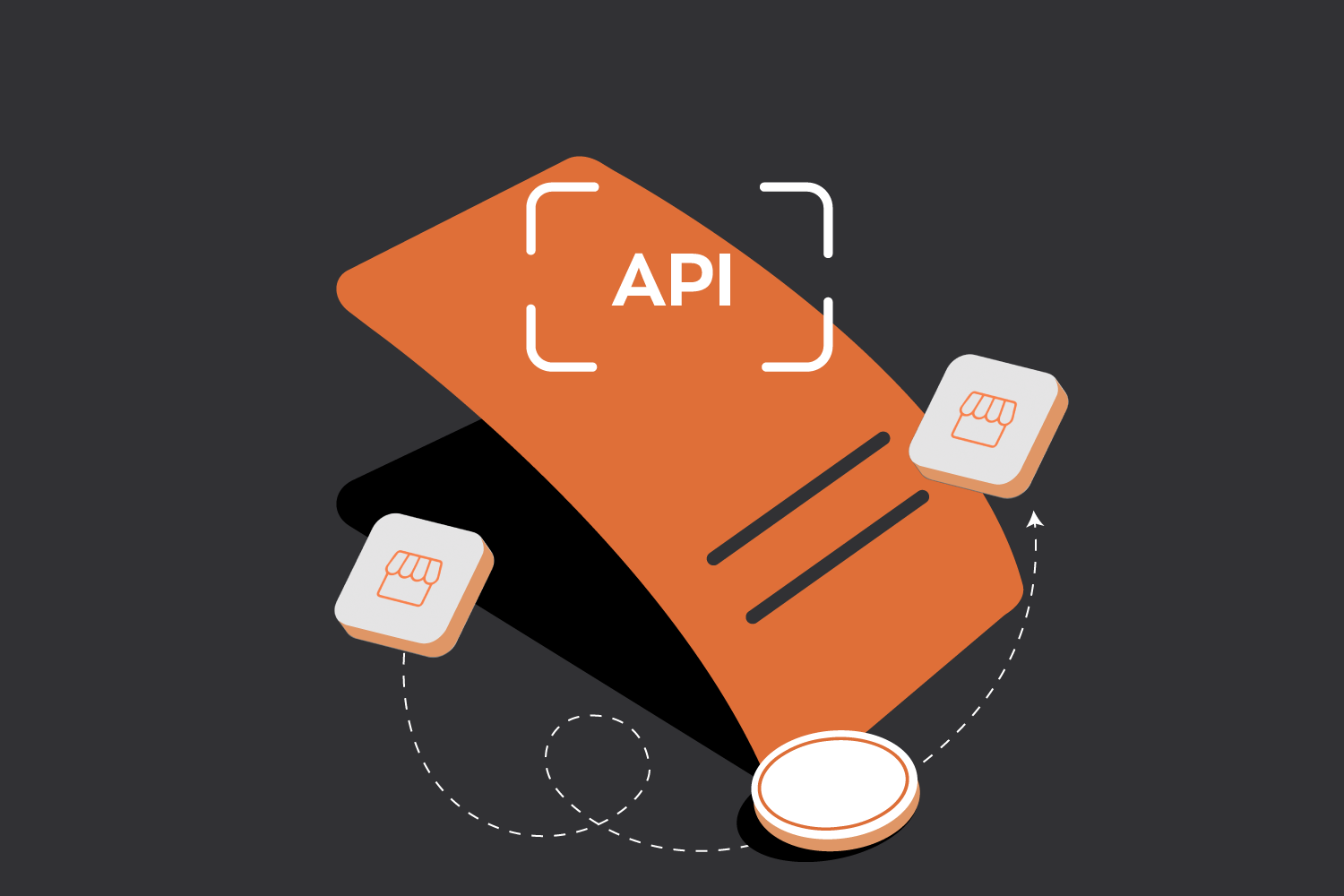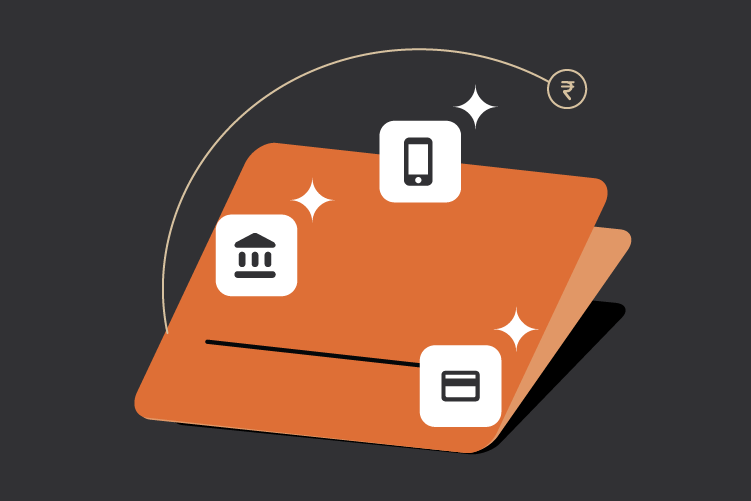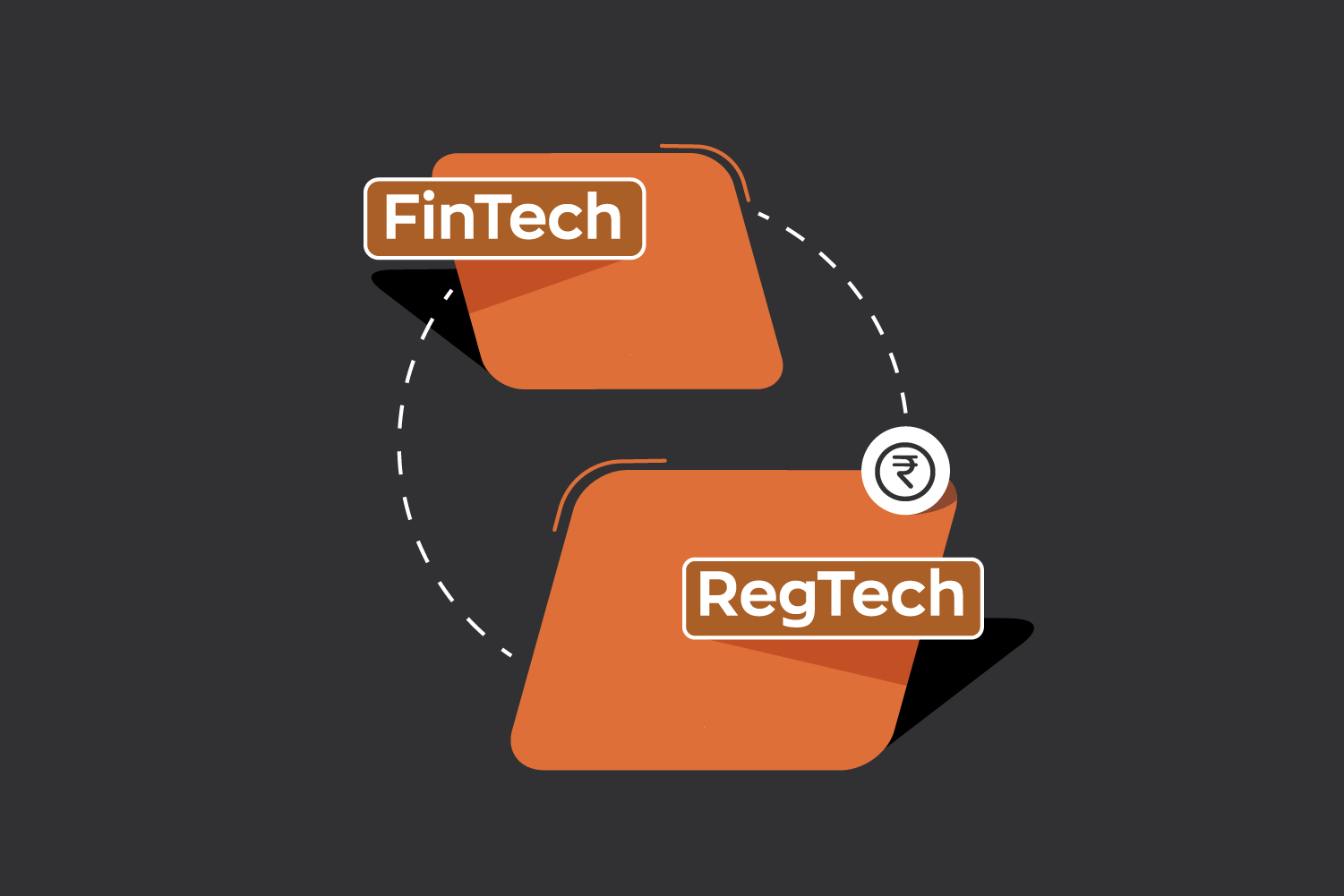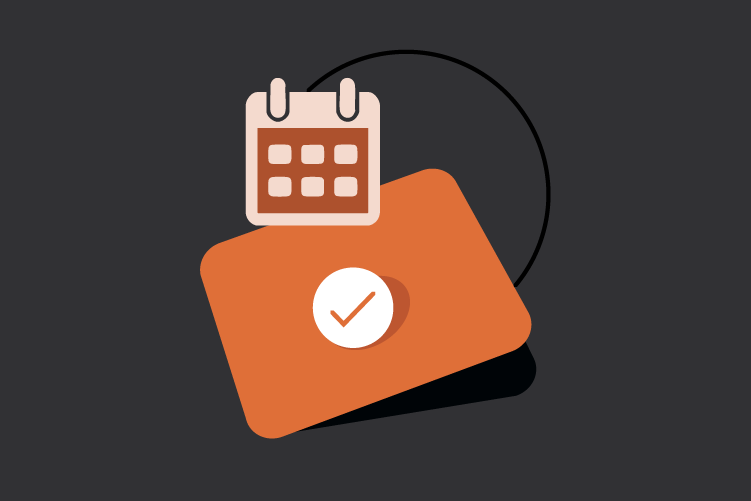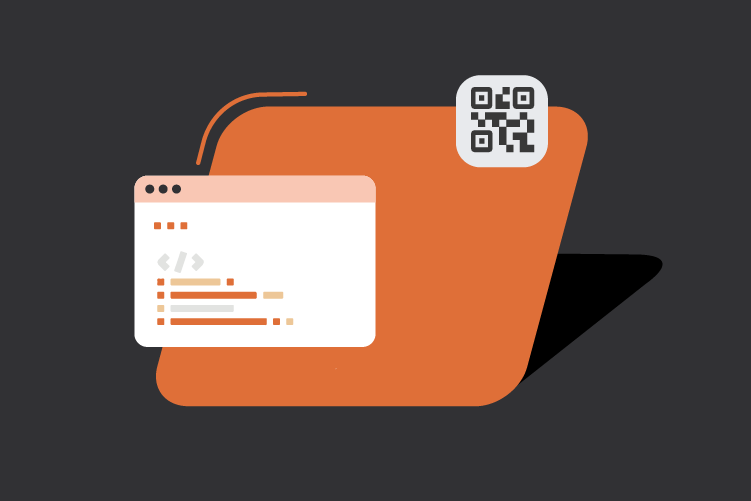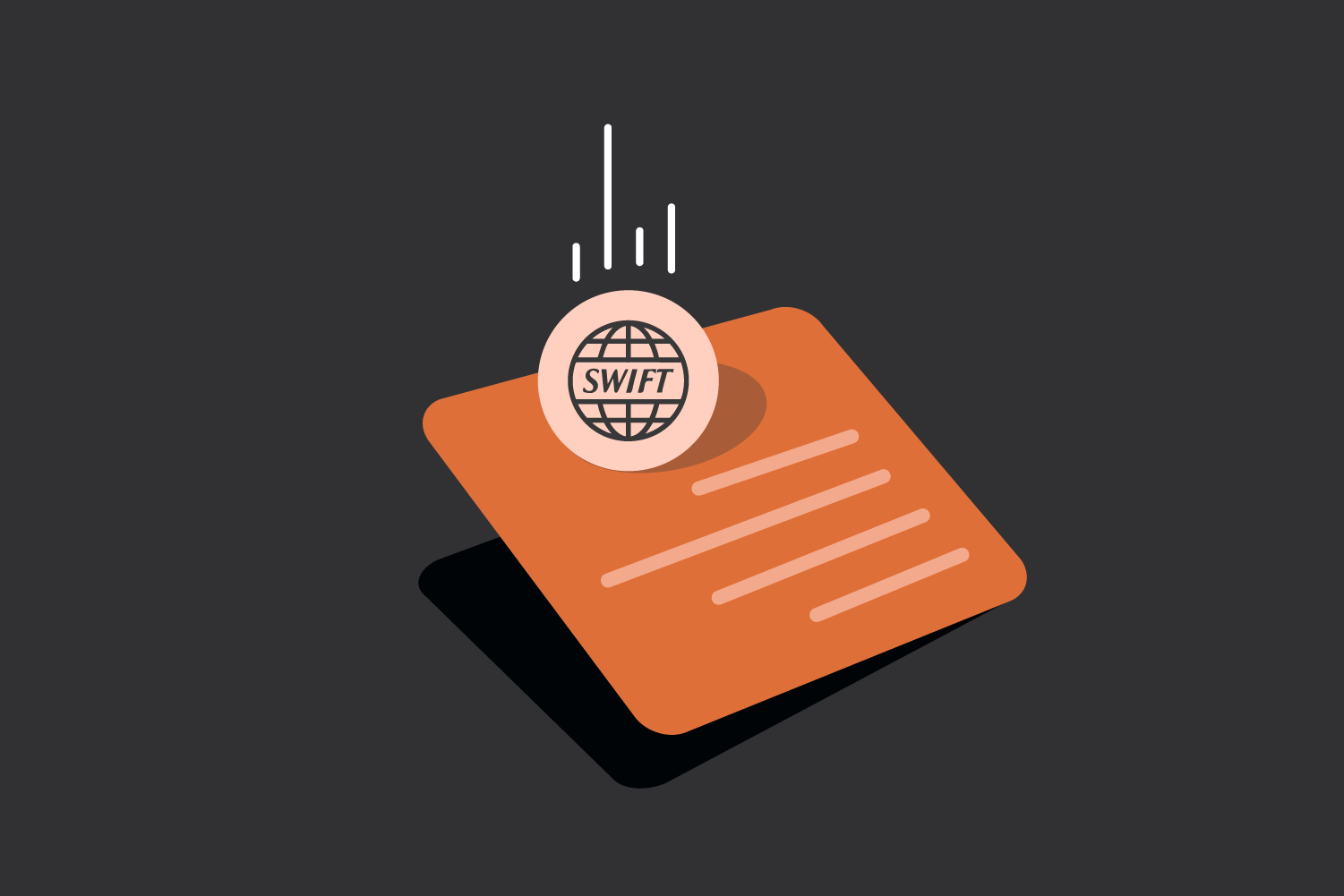Imagine you’re running a business in today’s digital-first world. The tools you choose to streamline payments can define the experience you deliver to your customers. Hidden behind many of these seamless transactions is the concept of a convenience fee, an often misunderstood yet strategically vital component of modern payment systems.
From a customer’s perspective, a convenience fee is often viewed as the price of added flexibility—the ability to pay online, use a credit card, or access premium services. While some customers appreciate the ease and time saved, others may question its necessity or fairness. Businesses, on the other hand, view it as a way to manage costs and deliver tailored payment options while investing in better technology.
Understanding Convenience Fee
A convenience fee is an additional charge imposed for offering customers the flexibility to pay through specific channels or methods outside the standard options. For instance, if a business traditionally accepts in-store cash payments but enables online credit card payments, it might apply a convenience fee for the added service.
These fees often reflect the costs of processing transactions, integrating multiple payment methods, or providing a superior payment experience.
Why Do Businesses Charge Convenience Fee?
Convenience fees aren’t arbitrary; they address tangible costs and business goals, such as:
- Offsetting transaction costs: Payment systems often involve fees for card payments or third-party integrations.
- Investing in technology: Payment platforms require infrastructure to handle alternative methods and maintain security.
- Providing value: These fees can fund added conveniences, like faster checkouts or tailored payment options. Example: online ticket booking or home delivery.
- Ensuring sustainability: Convenience fees can help businesses balance operating costs, especially when handling high-volume, low-margin transactions.
By strategically applying convenience fees, businesses can maintain service quality without absorbing all operational expenses.
Key Applications of Convenience Fees
Convenience fees are particularly relevant for businesses using technology to deliver diverse payment experiences. Here’s where they’re most impactful:
- E-commerce platforms: Online stores often add convenience fees for high-cost payment methods like credit cards or for using split-payment solutions.
- Subscription services: SaaS businesses might apply fees for one-off payments through premium gateways.
- Aggregators and service providers: Ticketing platforms or bill payment services use convenience fees to cover integration and transaction handling costs.
How Are Convenience Fees Different From Surcharges?
While convenience fees and surcharges may seem similar, they differ in their application:
- Surcharge: An extra charge is imposed when a customer uses a specific payment method, such as credit cards, to offset transaction costs.
- Convenience Fee: Charged when a customer uses a payment method or channel outside the business’s standard offerings.
For example, a gas station might add a surcharge for credit card payments but would not charge a convenience fee for standard in-store transactions.
Best Practices for Businesses Implementing Convenience Fees
For businesses, transparency and fairness are critical when implementing convenience fees. Here are some best practices:
- Transparent pricing: Avoid surprises by displaying fees early in the payment process.
- Dynamic calculations: Use APIs to adjust fees based on the chosen payment method or transaction size.
- Alternative options: Offer fee-free methods, such as bank transfers, for cost-sensitive customers.
- Educate customers: Provide clear messaging about how fees support enhanced service options, improved security, or better payment flexibility.
- Stay compliant: Adhere to local regulations and payment network rules to avoid legal complications.
While often debated, the concept of a convenience fee plays a significant role in modern commerce. It’s a way for businesses to offset costs and invest in better technology. For consumers, it’s a trade-off between cost and convenience. By understanding the nuances of convenience fees and implementing them thoughtfully, businesses can create a win-win situation that enhances customer satisfaction while driving revenue growth.
FAQs
What is a convenience fee?
A convenience fee is an additional charge that businesses impose when offering customers the flexibility to use alternative payment methods or channels outside their standard options. For example, an online store may charge a fee for credit card payments when their primary method is cash or bank transfer.
How are convenience fees different from surcharges?
Convenience fees are applied when customers use payment methods or channels outside the business’s regular offerings, like paying online for a traditionally offline service. Surcharges, on the other hand, are extra charges specifically for using a particular payment method, such as credit cards, to offset transaction costs.
Why do businesses charge convenience fees?
Businesses charge convenience fees to offset transaction costs, invest in payment technology, and maintain the quality of service. These fees often fund added conveniences, such as secure online payments, faster checkouts, or specialized payment options.
Are convenience fees legal?
Yes, convenience fees are legal but must comply with local regulations and payment network rules. Businesses should ensure transparency by informing customers about the fee upfront to avoid disputes or non-compliance.
Can customers avoid paying convenience fees?
In many cases, businesses offer fee-free payment alternatives, such as in-store cash payments or bank transfers. Customers can choose these options to avoid paying convenience fees while still completing their transactions.



